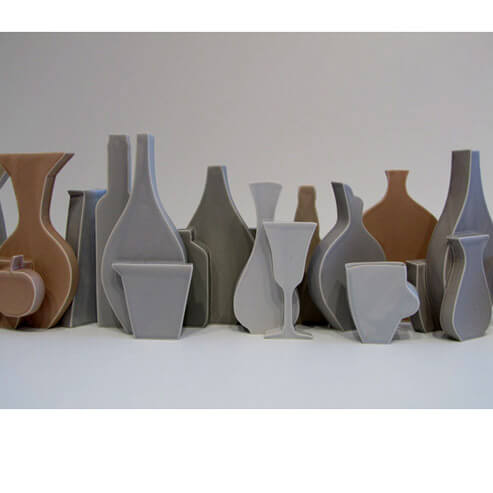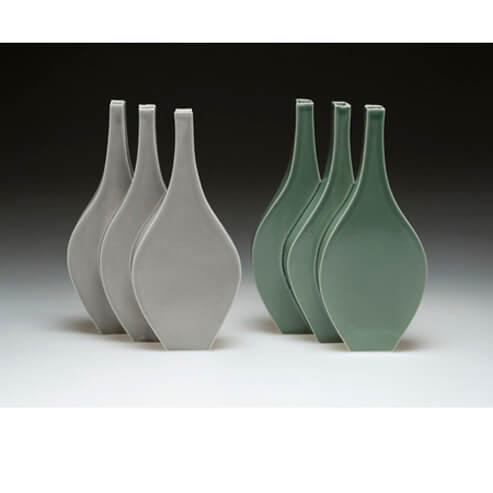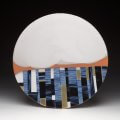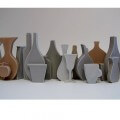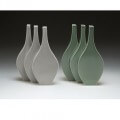
Red Lodge Clay Center – Short-Term Resident (AIA) 2014
Kala Stein is an artist and designer noted for innovative mold making and casting techniques. Her work explores dynamic systems and practices within the intersection of design, production, and craft. Kala received her MFA in Ceramics from the New York State College of Ceramics at Alfred University and a BFA in Ceramics from SUNY New Paltz. Along with her collaborative group, she received a National Endowment for the Arts Grant to explore architectural terracotta and digital fabrication at the Maryland Institute of Art. She exhibits her work widely and works with private clients on custom ceramics fabrication for the home and hospitality industry. Kala is Director of Ceramics & Arts at Sonoma Community Center, California, where she directs the public studio art programming and artist in residence program.
During a recent teaching and research trip to Italy and Greece, I visited the Museum of Cycladic Art in Athens, where I encountered the Protogeometric style of the Aegean (circa 10th-9th century BC, with its longest continuation in Crete). This style is distinguished by motifs of concentric circles, created with a unique rake-like tool known as a multiple brush. The concentric circle patterns add a sense of volume to the vessels, reflecting themes of containment, service, and innovation in pottery production. The austerity and precision of these decorations transcend their historical context and resonate with the commercial graphics that are so prevalent in our world today.
Inspired by the patterns found in Mediterranean ceramics and architecture, my Pattern Vessel series is crafted by squeezing clay in the palm of my hand, allowing the process of making to be fossilized in fired clay. I focus on the cylinder form for its strength and its ability to clearly convey geometric designs across the surface and base.
The openness of these vessels is reminiscent of basket forms, evoking functions associated with warm and bountiful activities—harvesting, foraging, collecting, holding, and sharing. Connecting to these ritualistic practices, the forms evoke themes of labor, natural cycles, and human sustenance.



